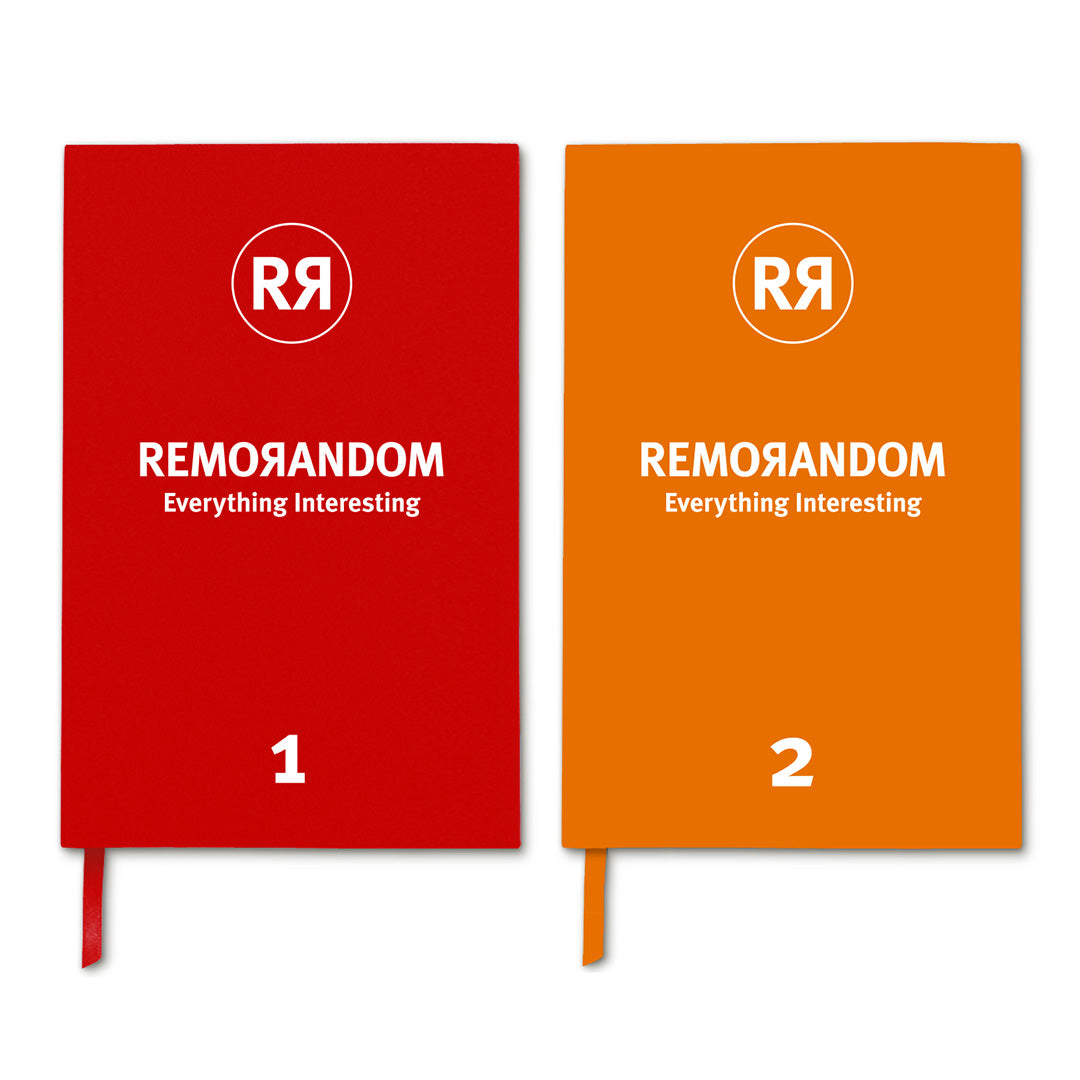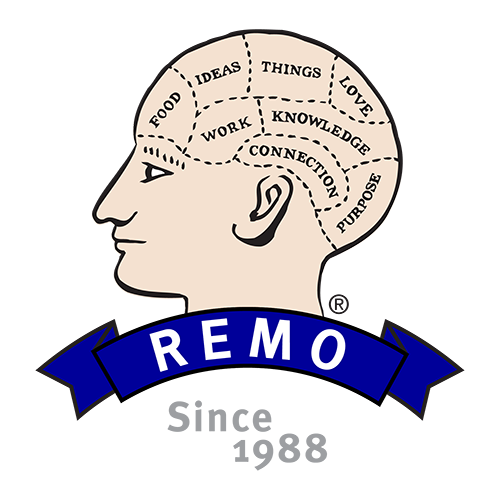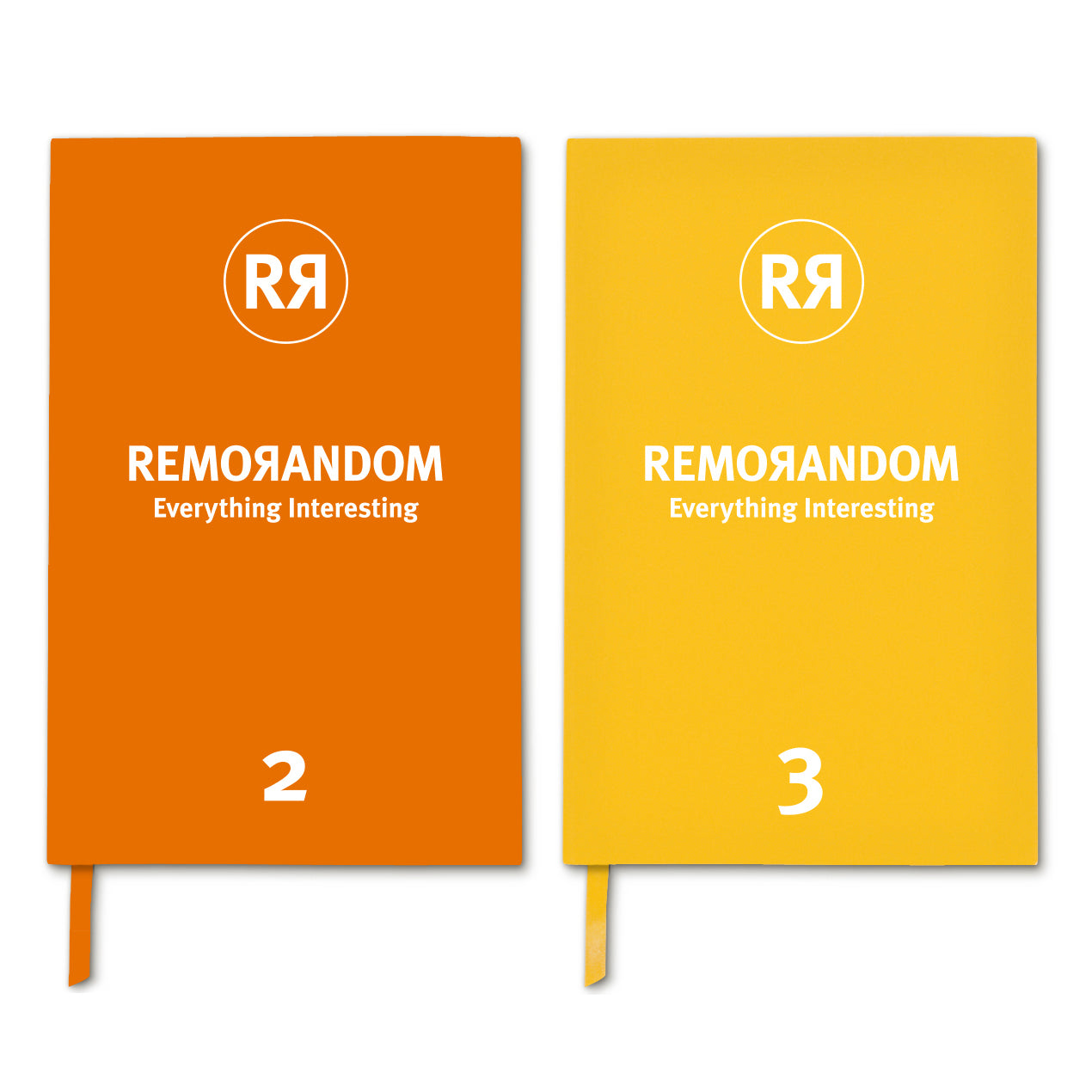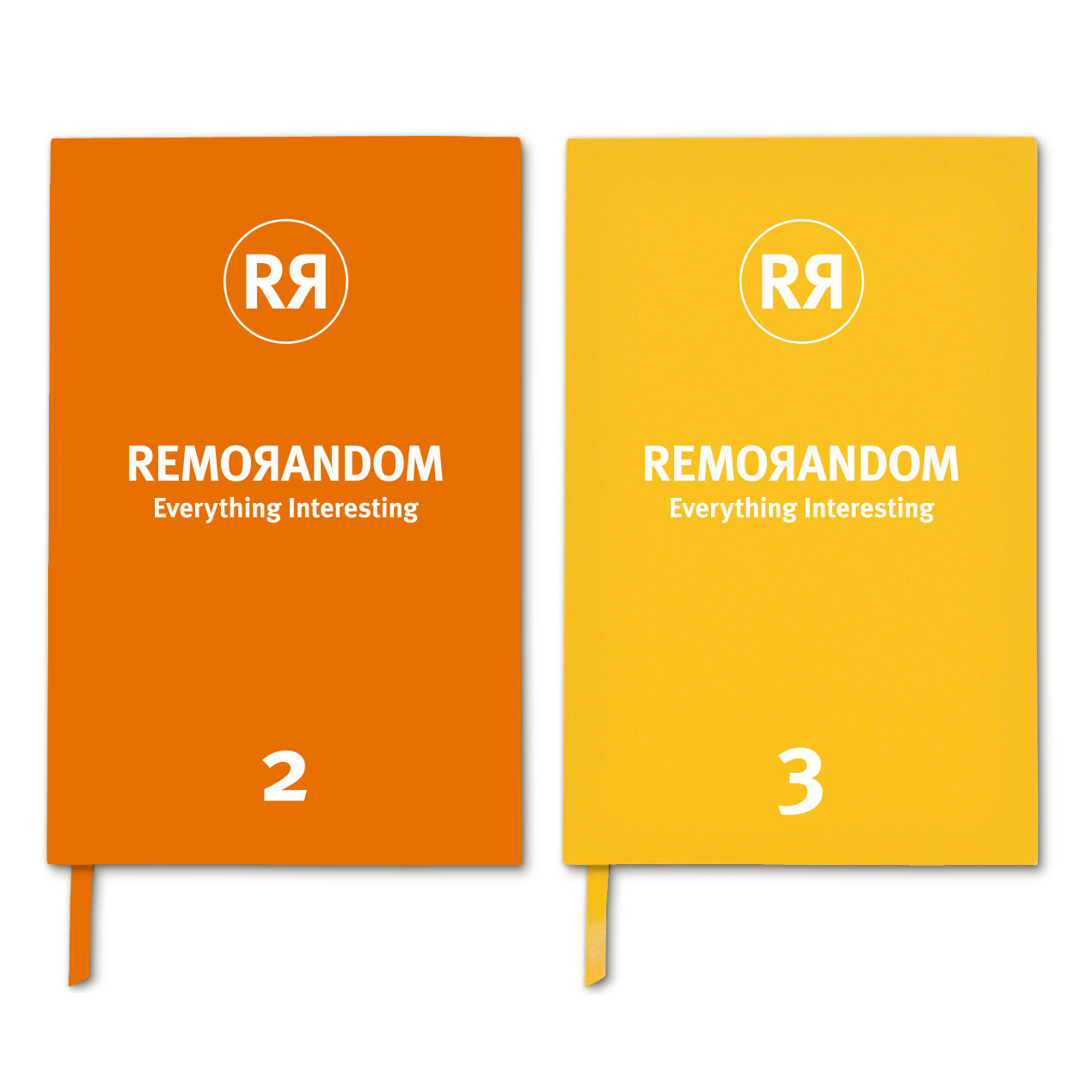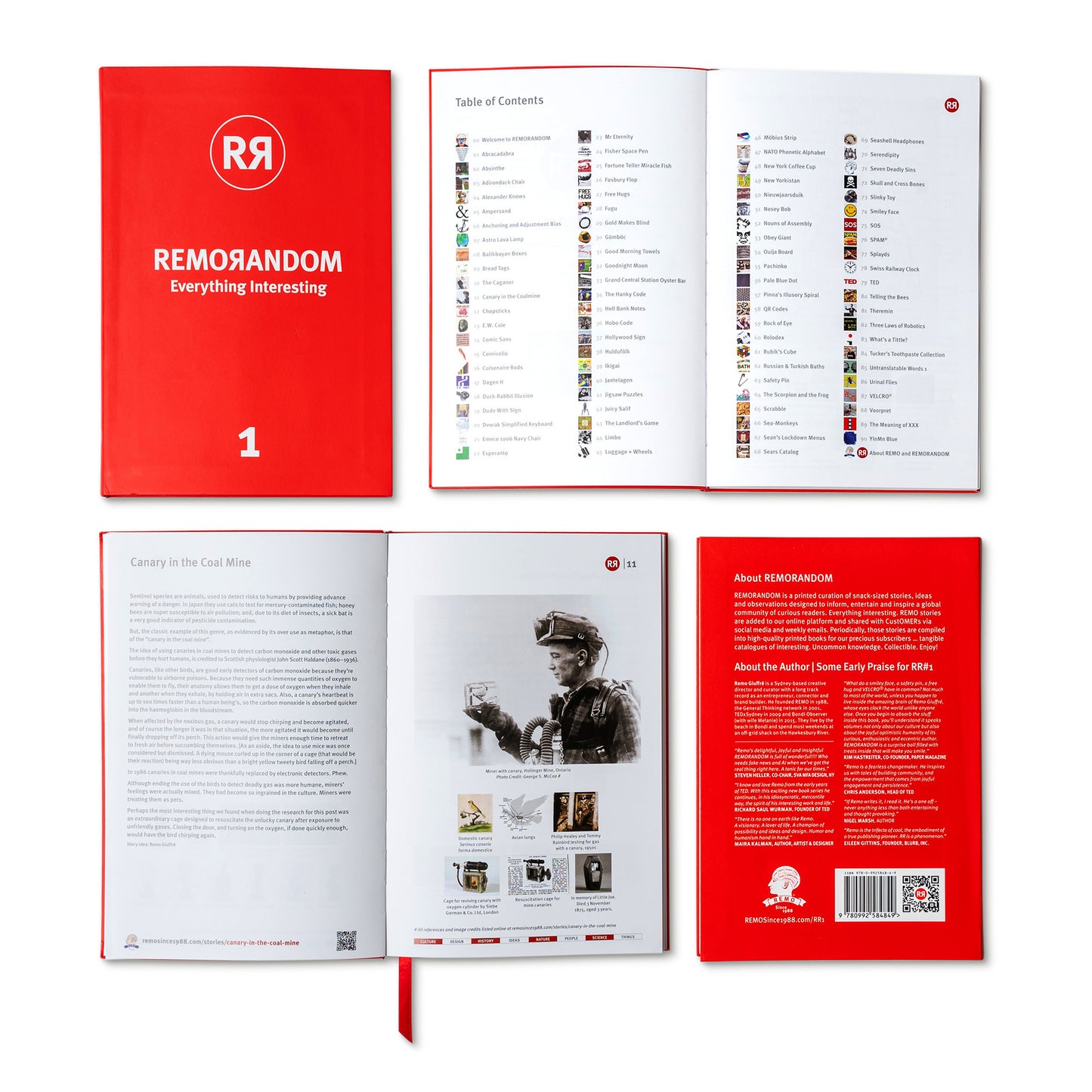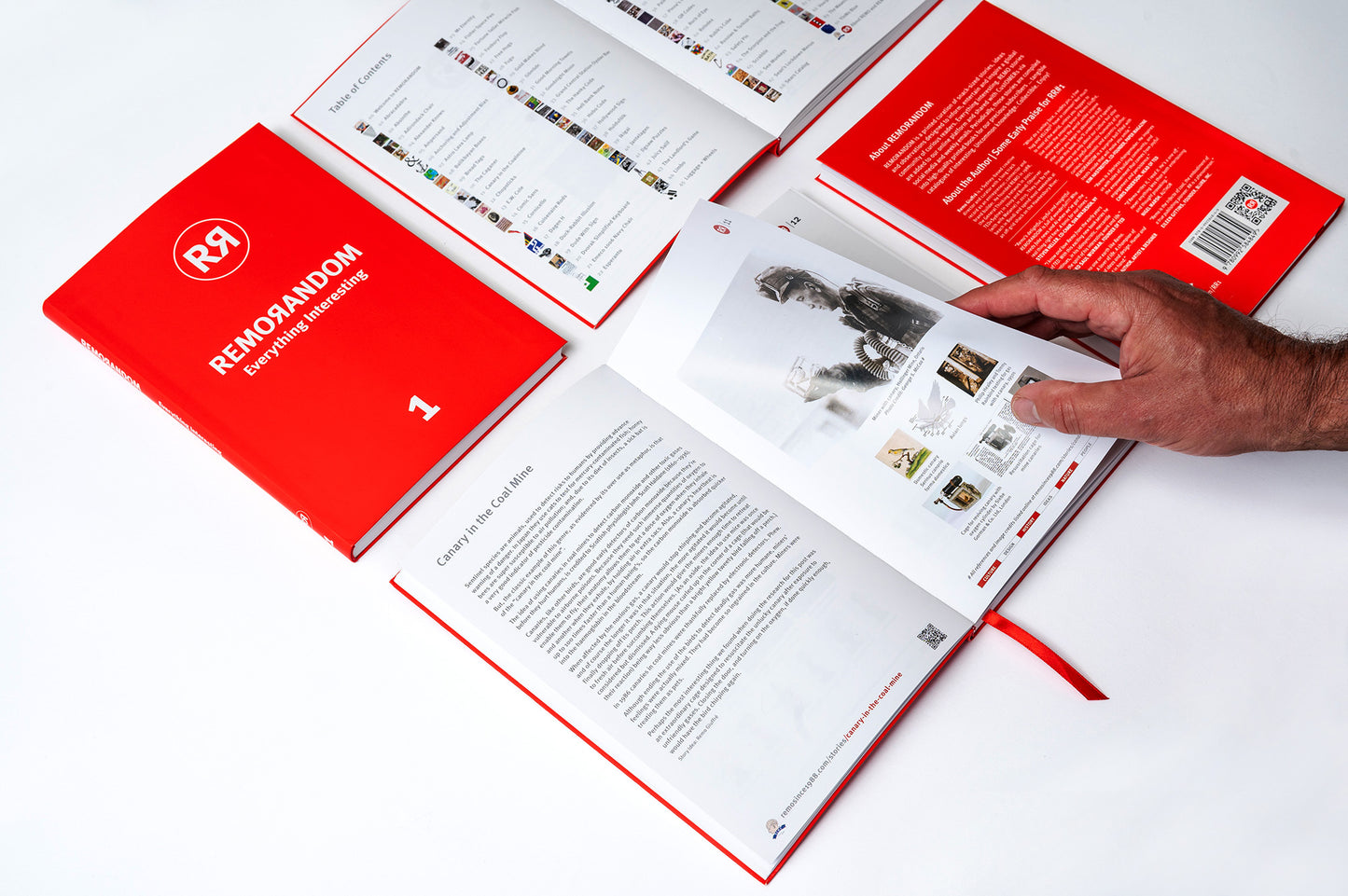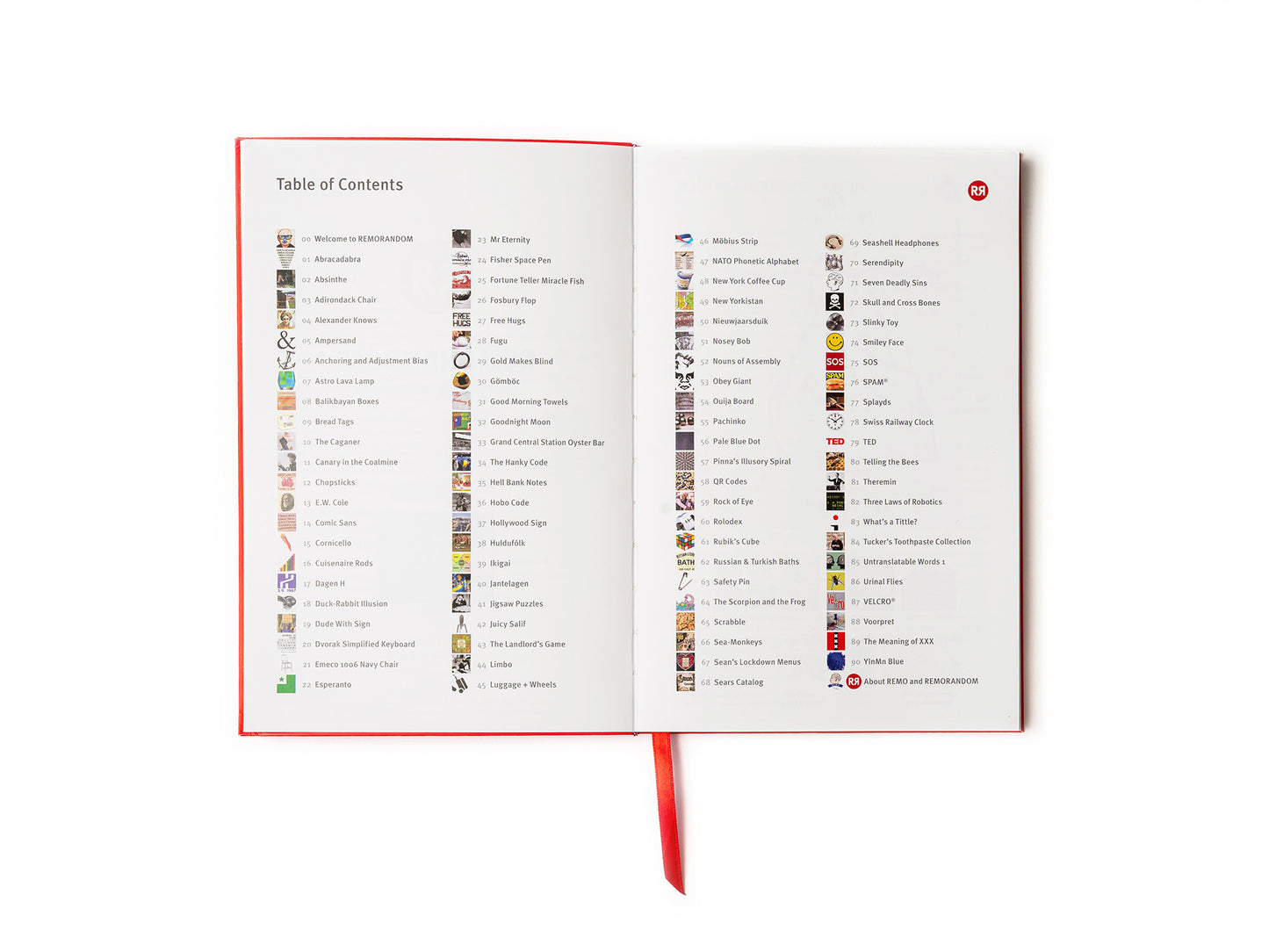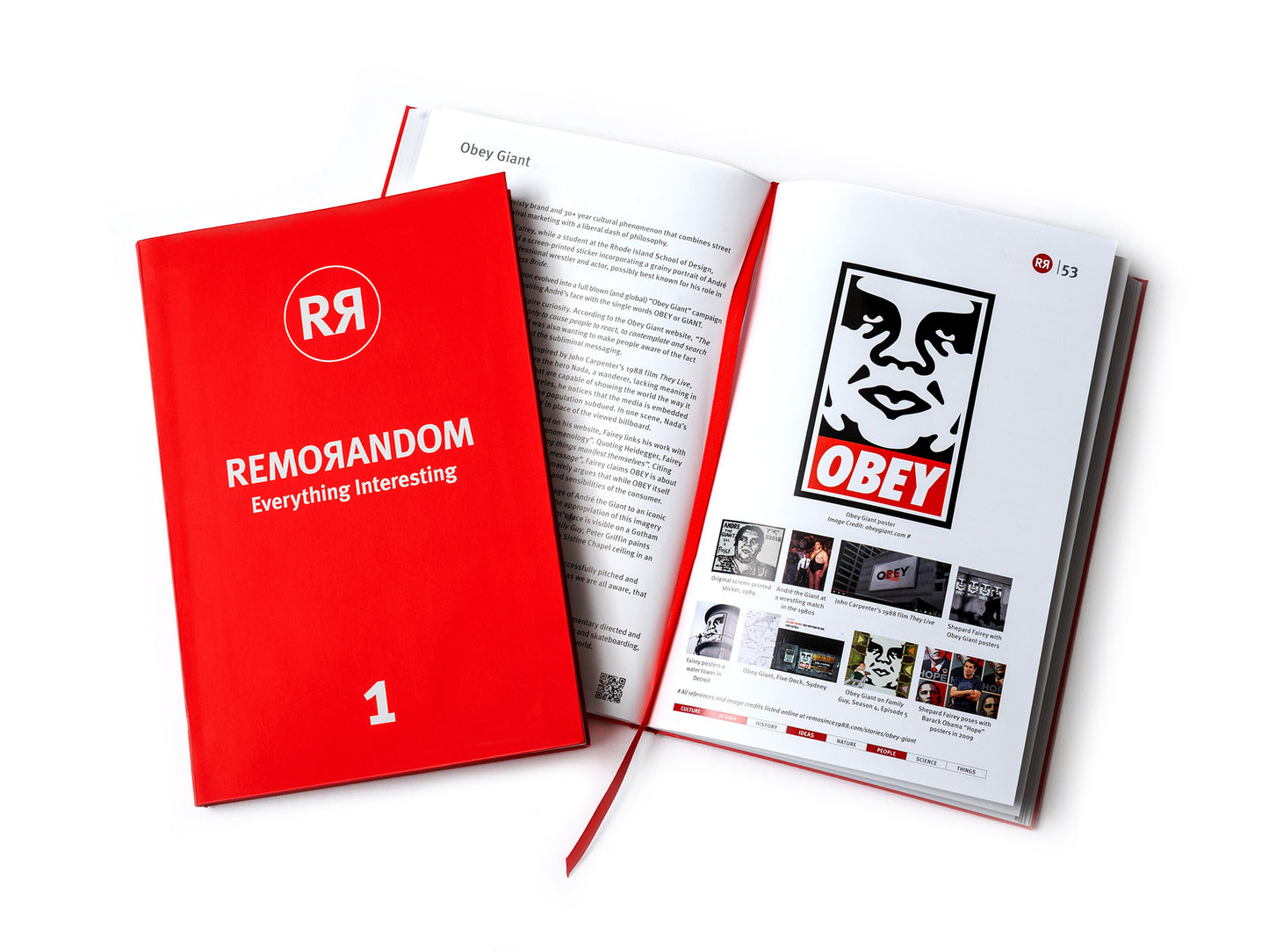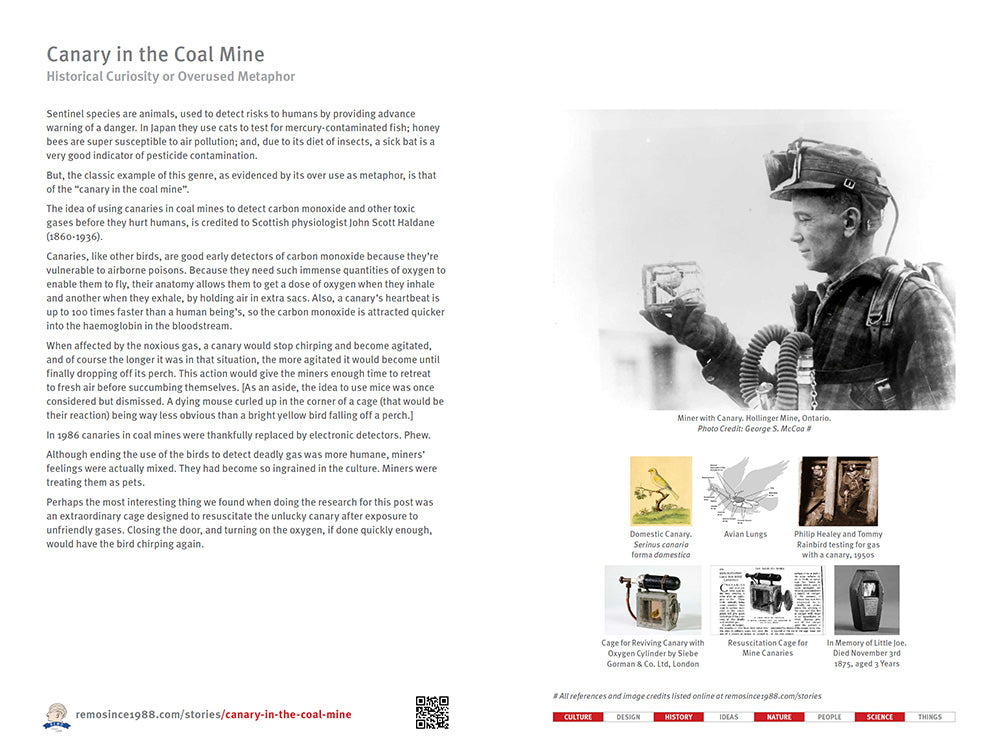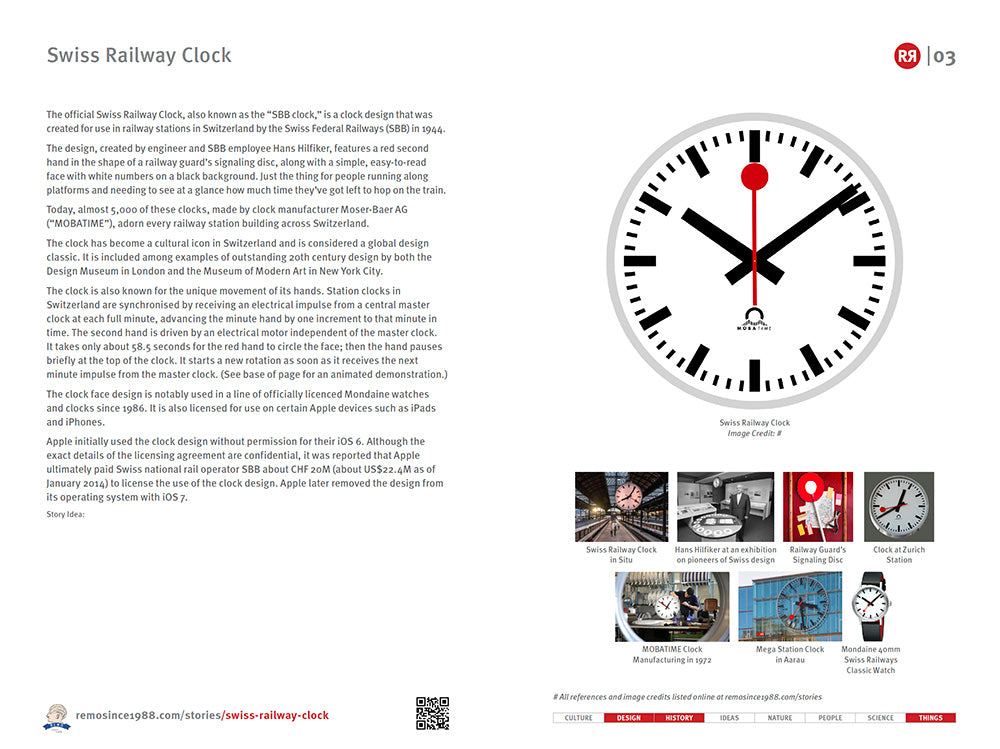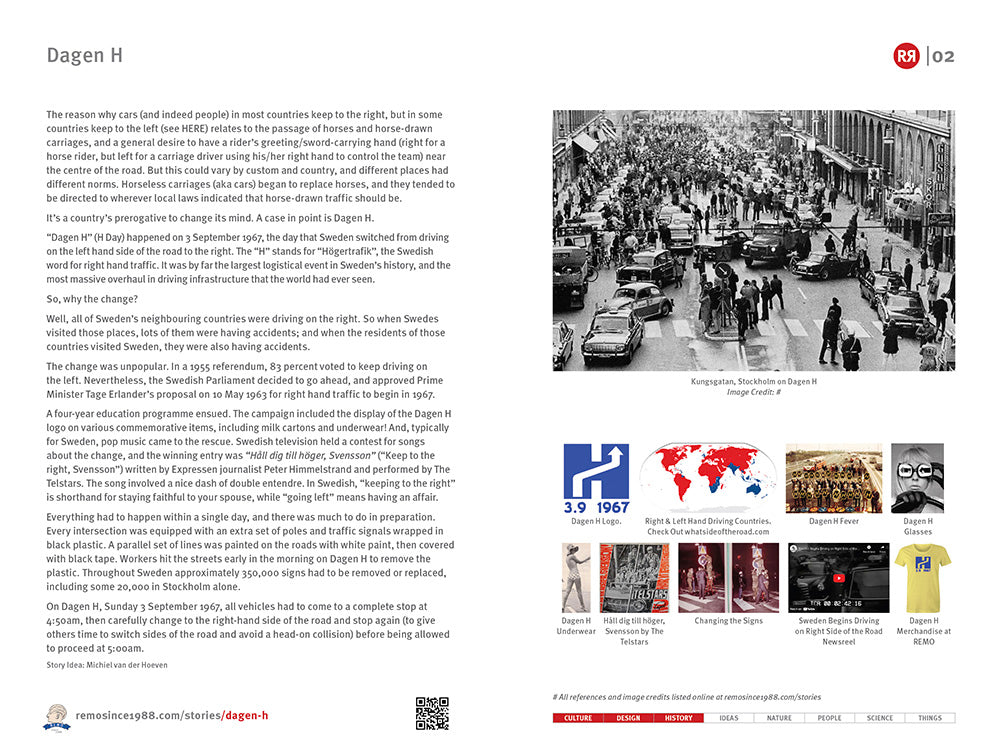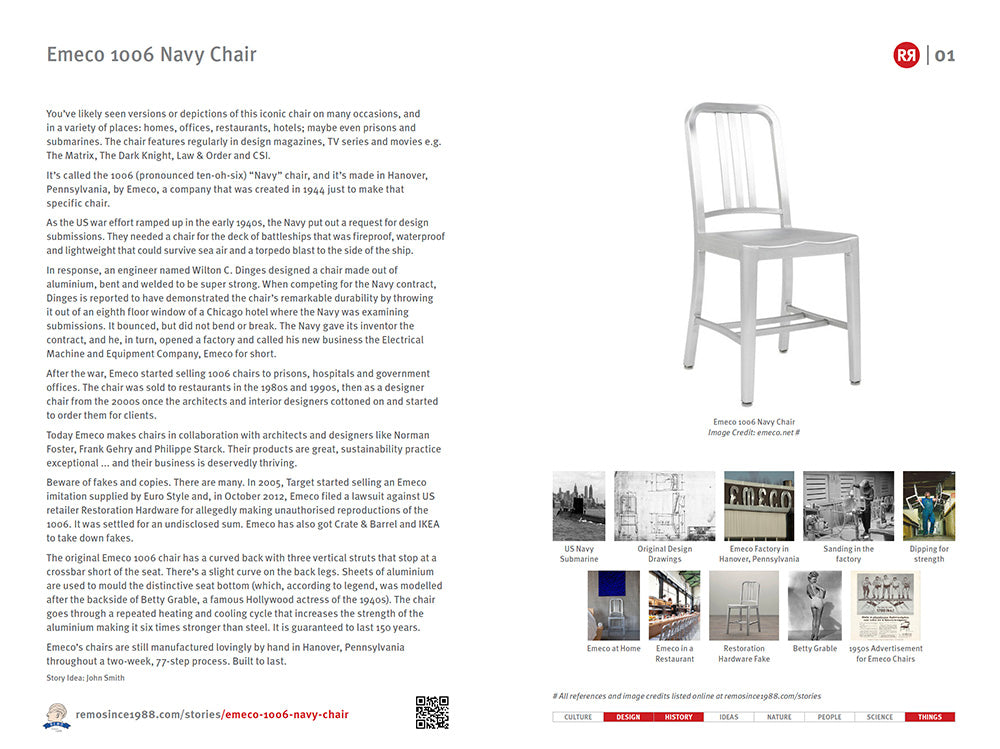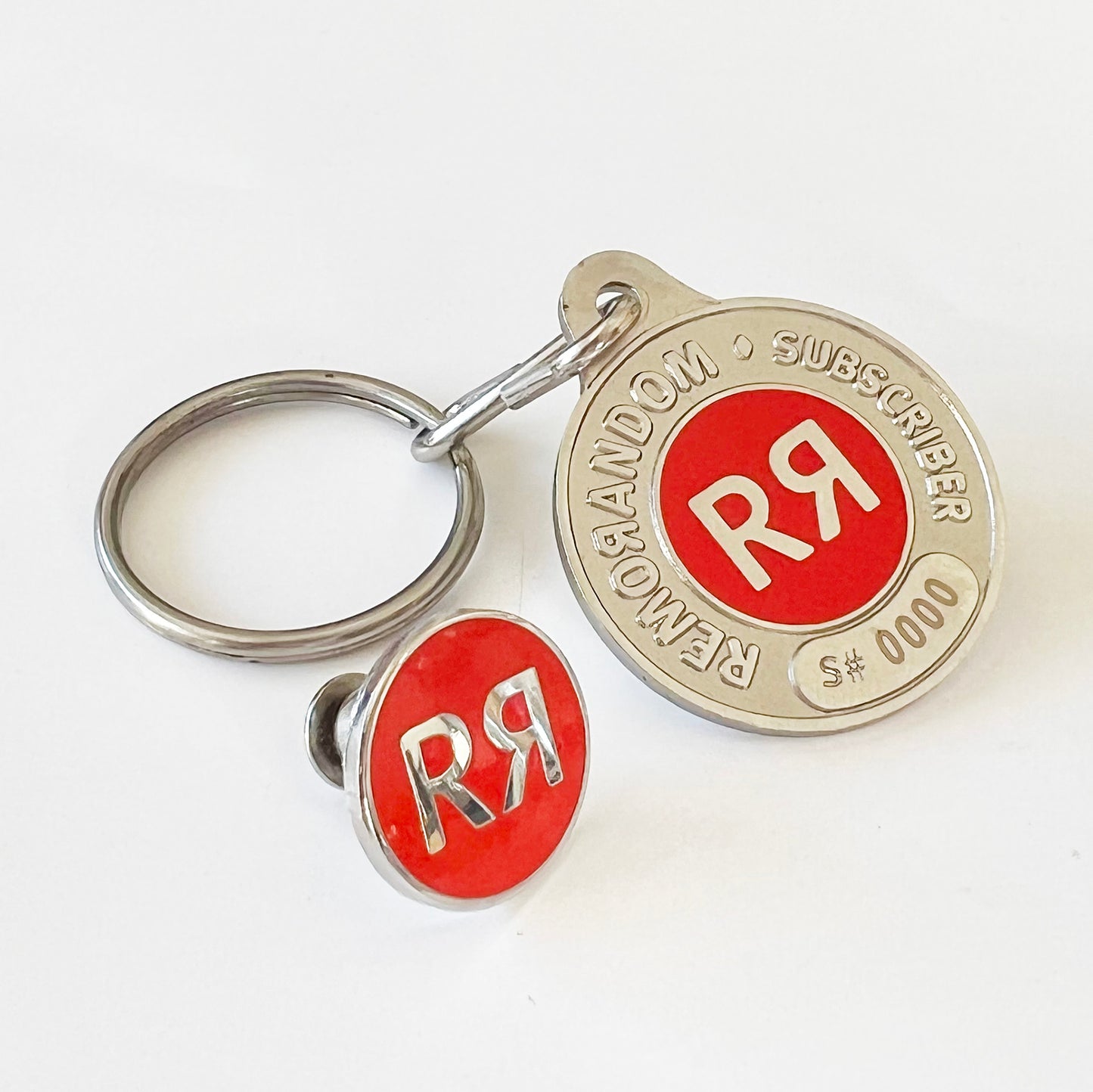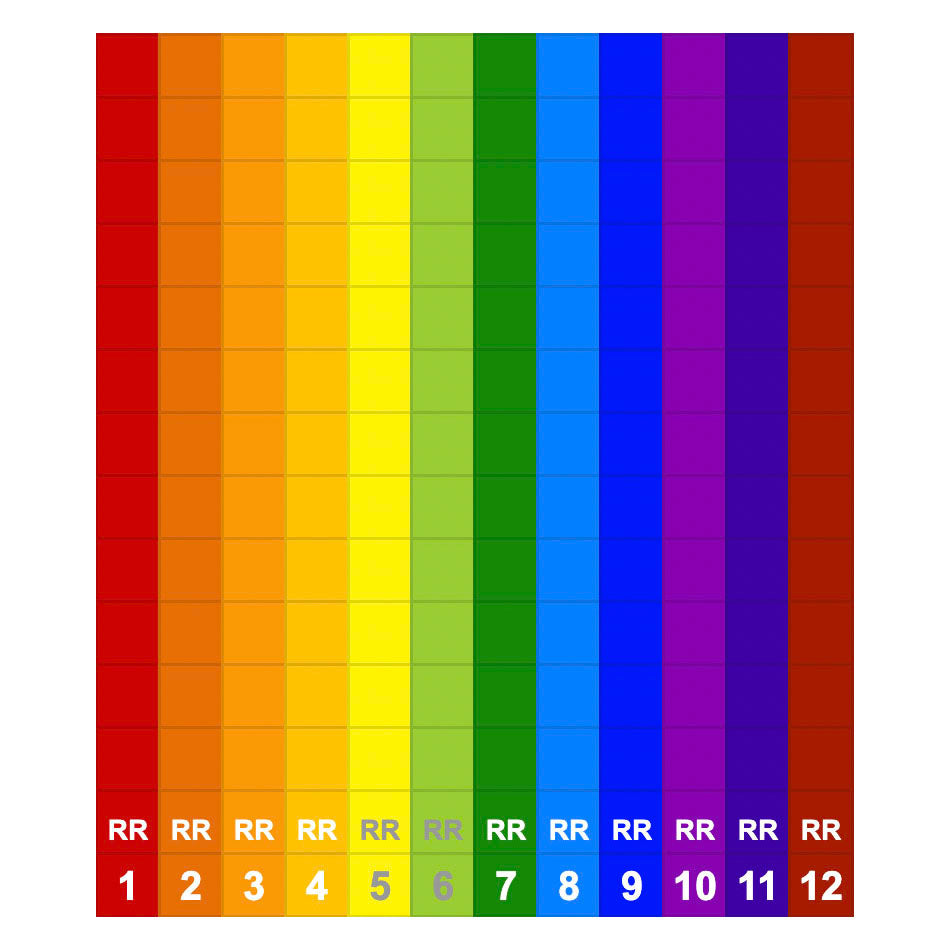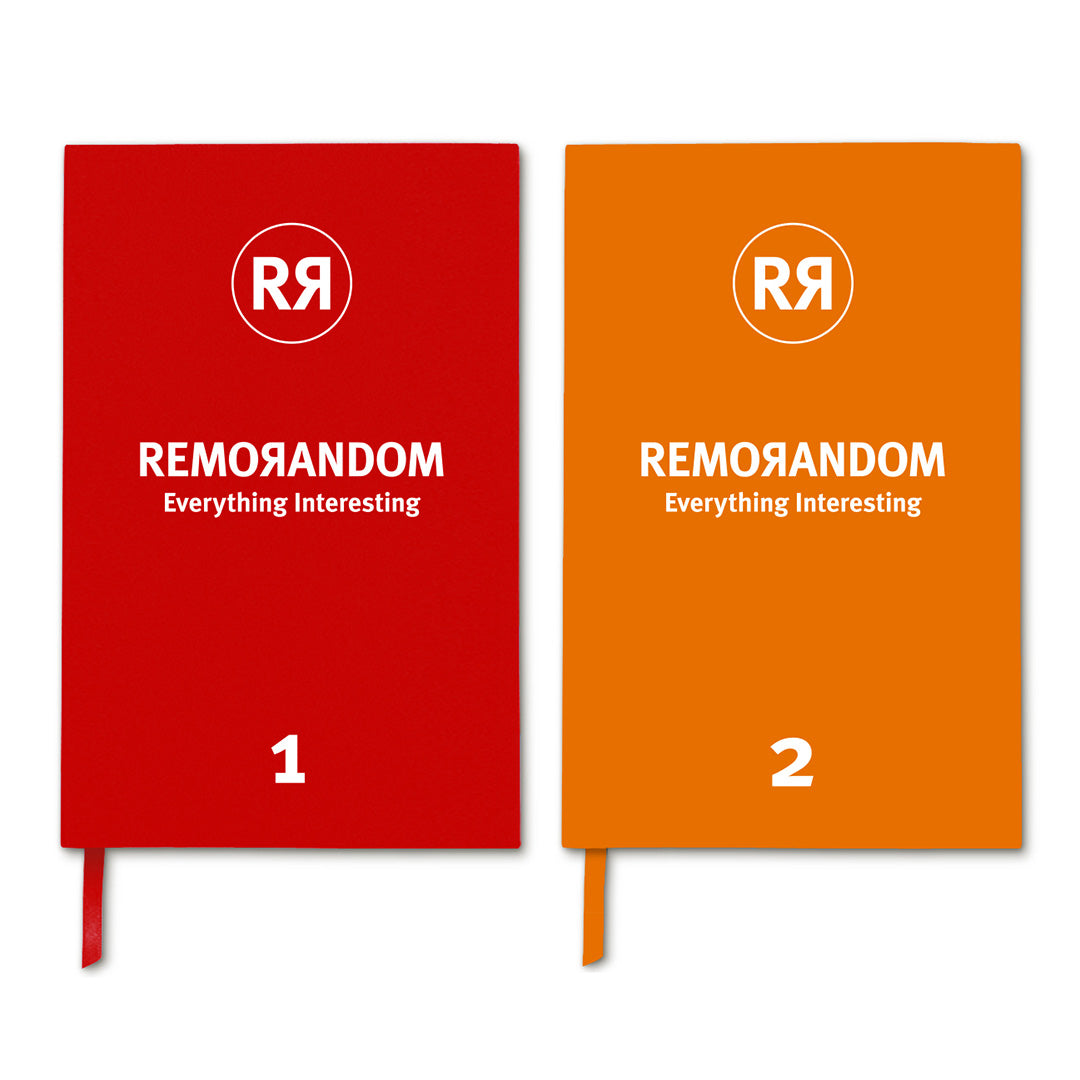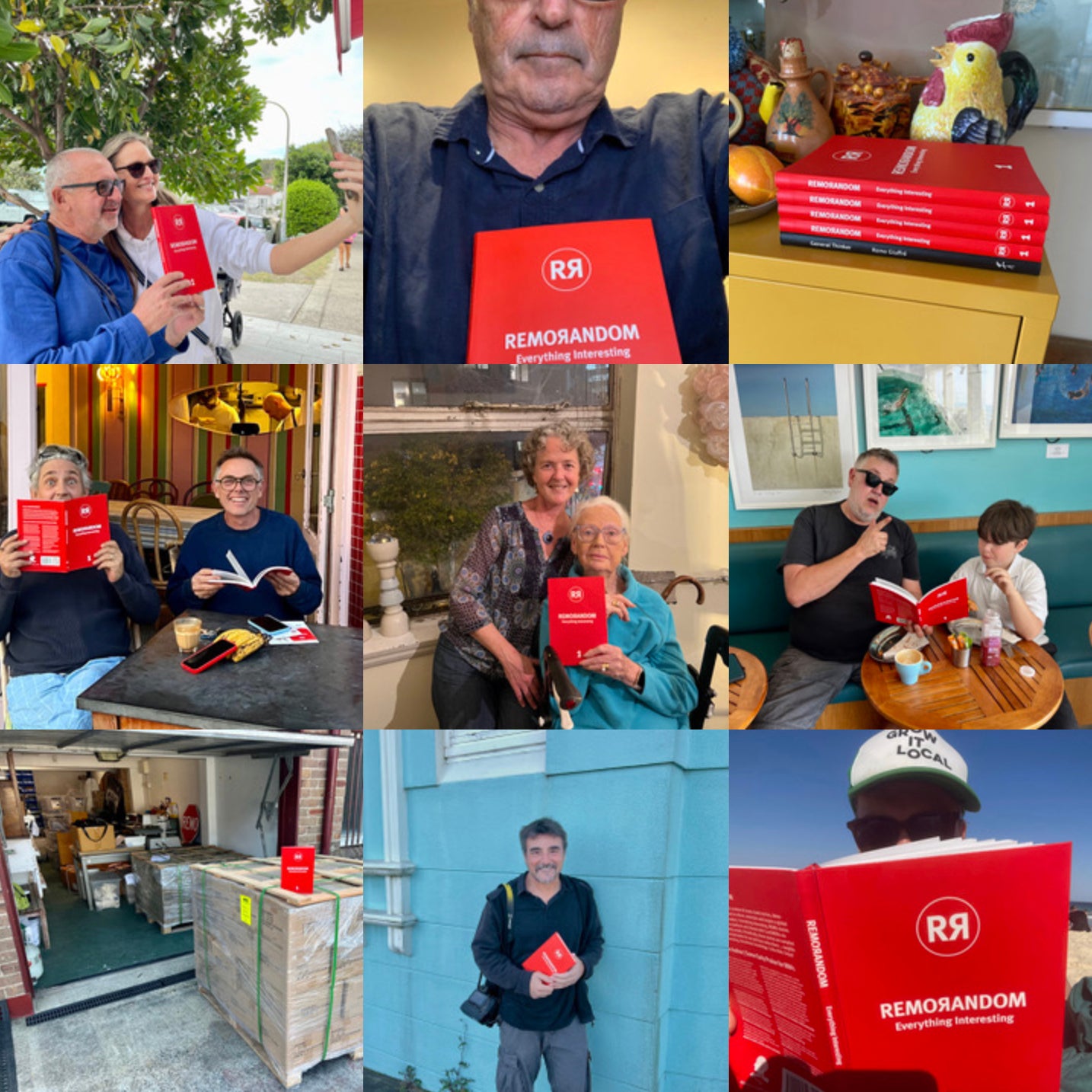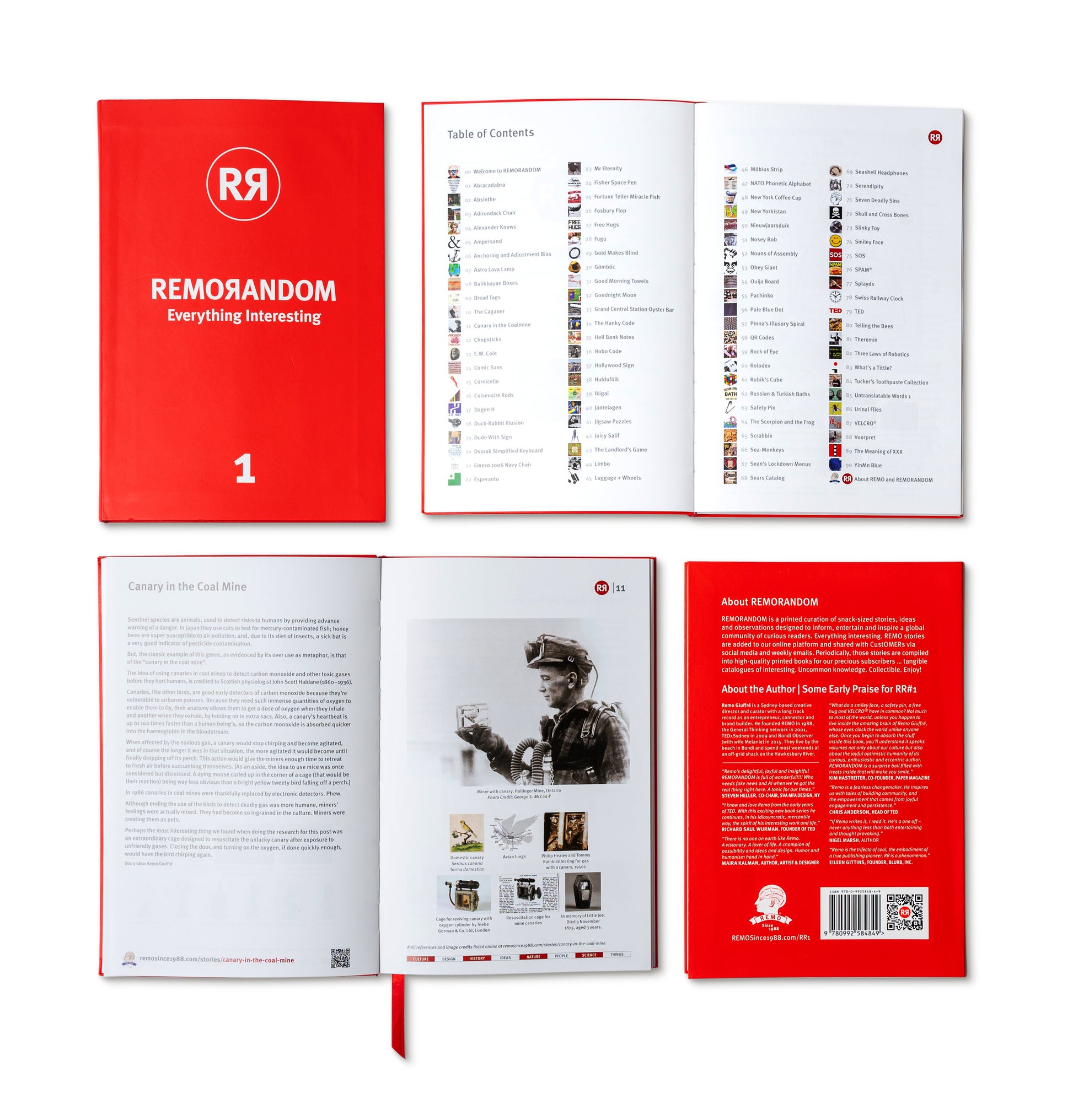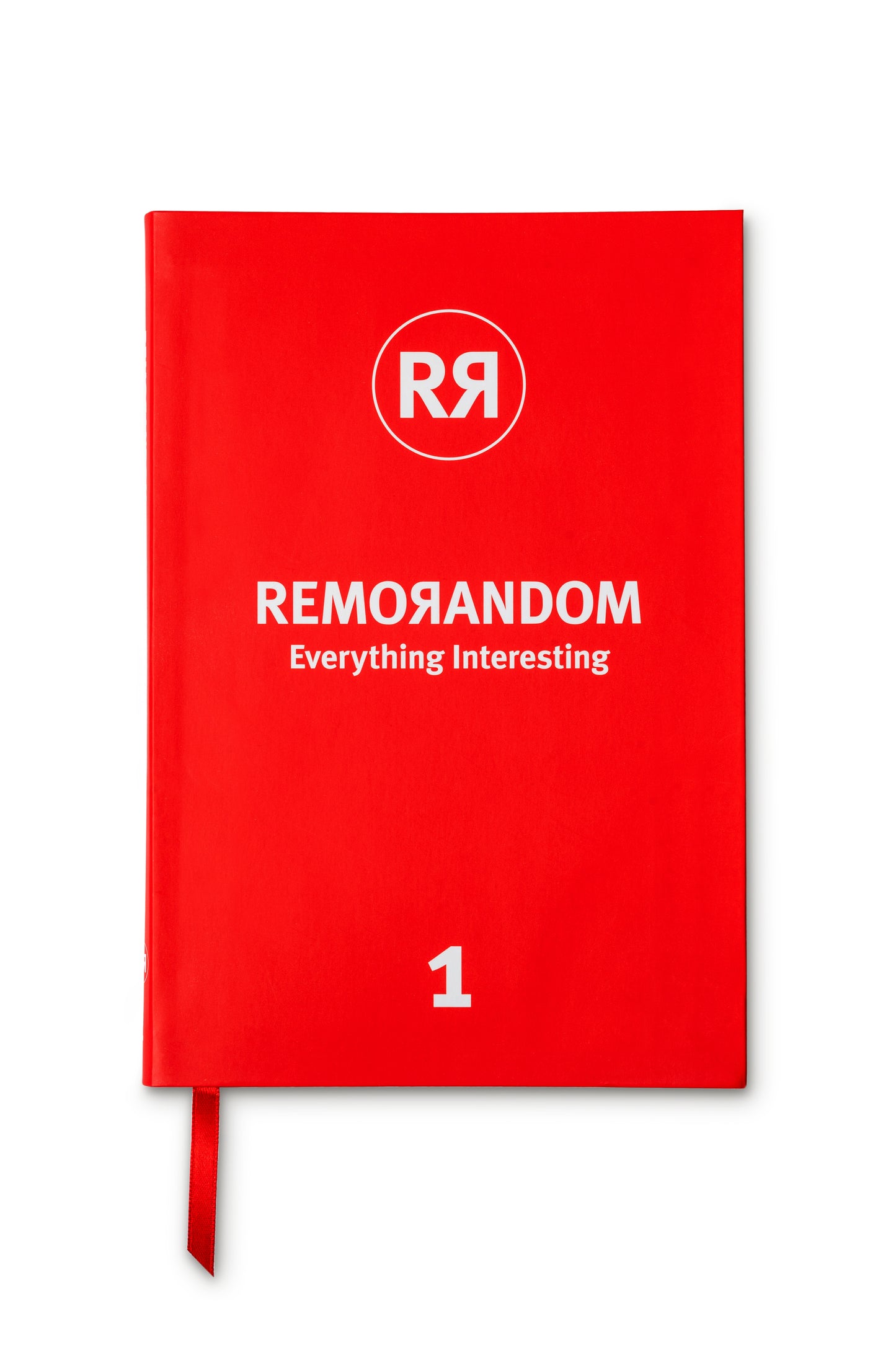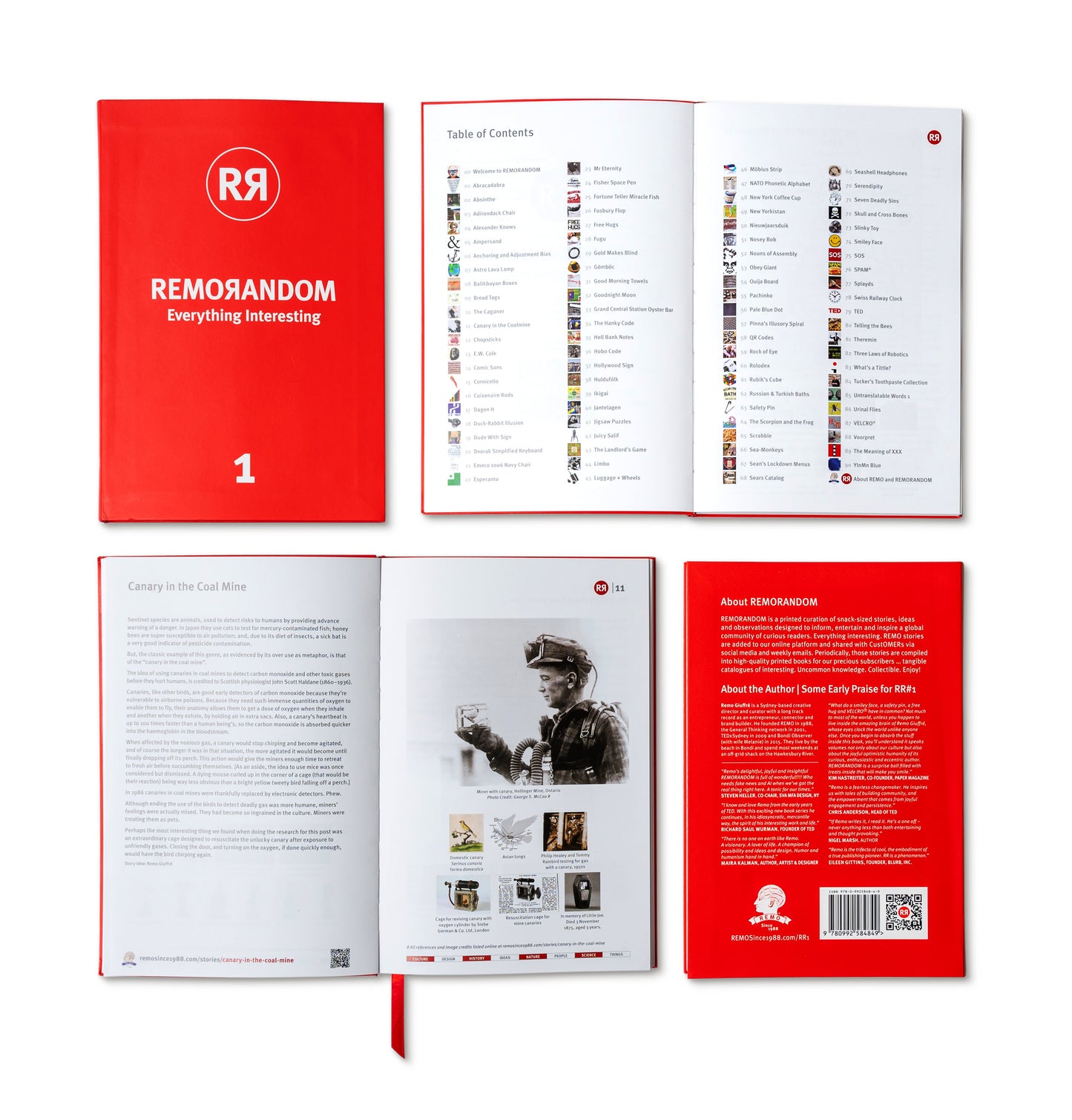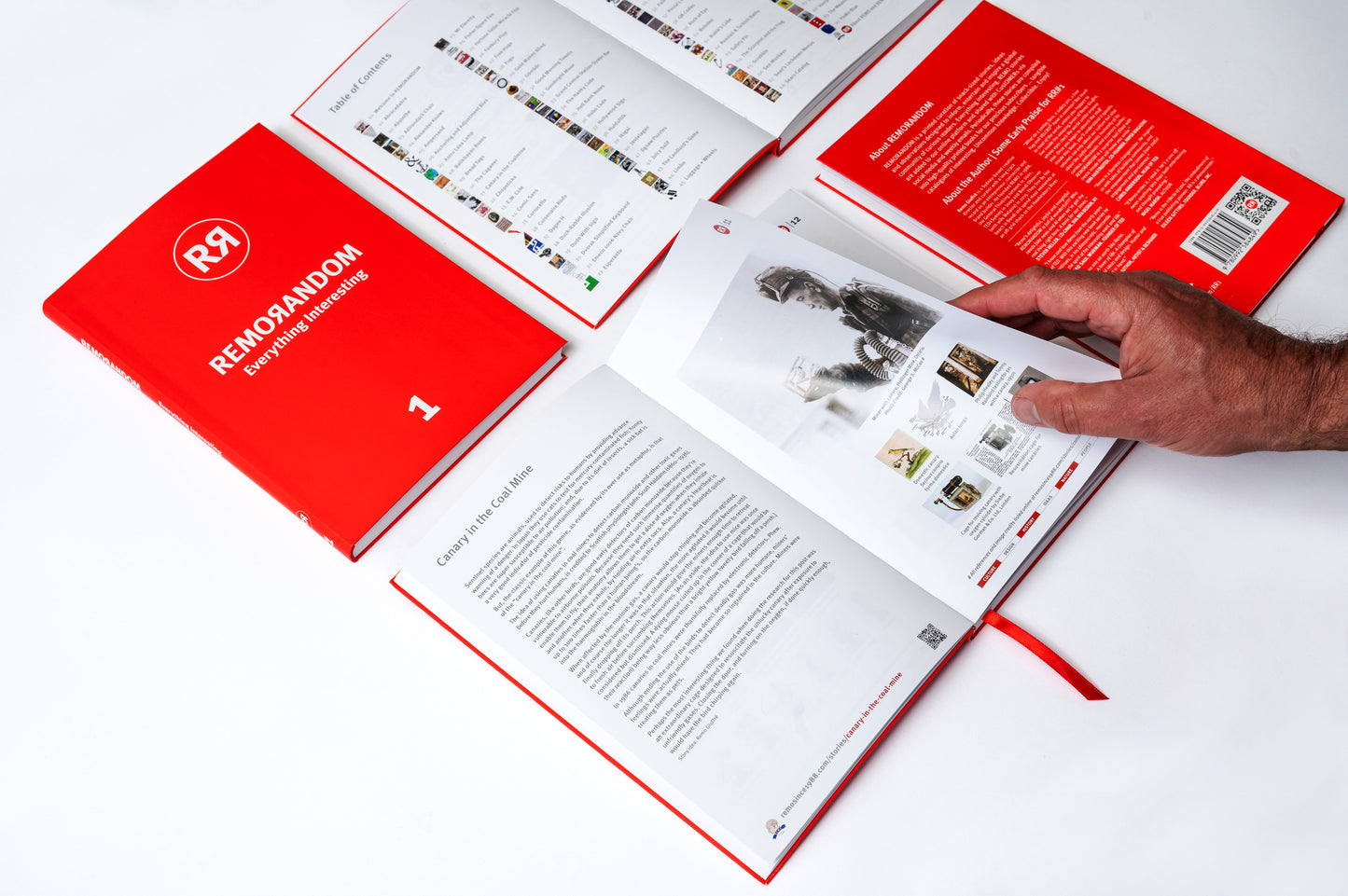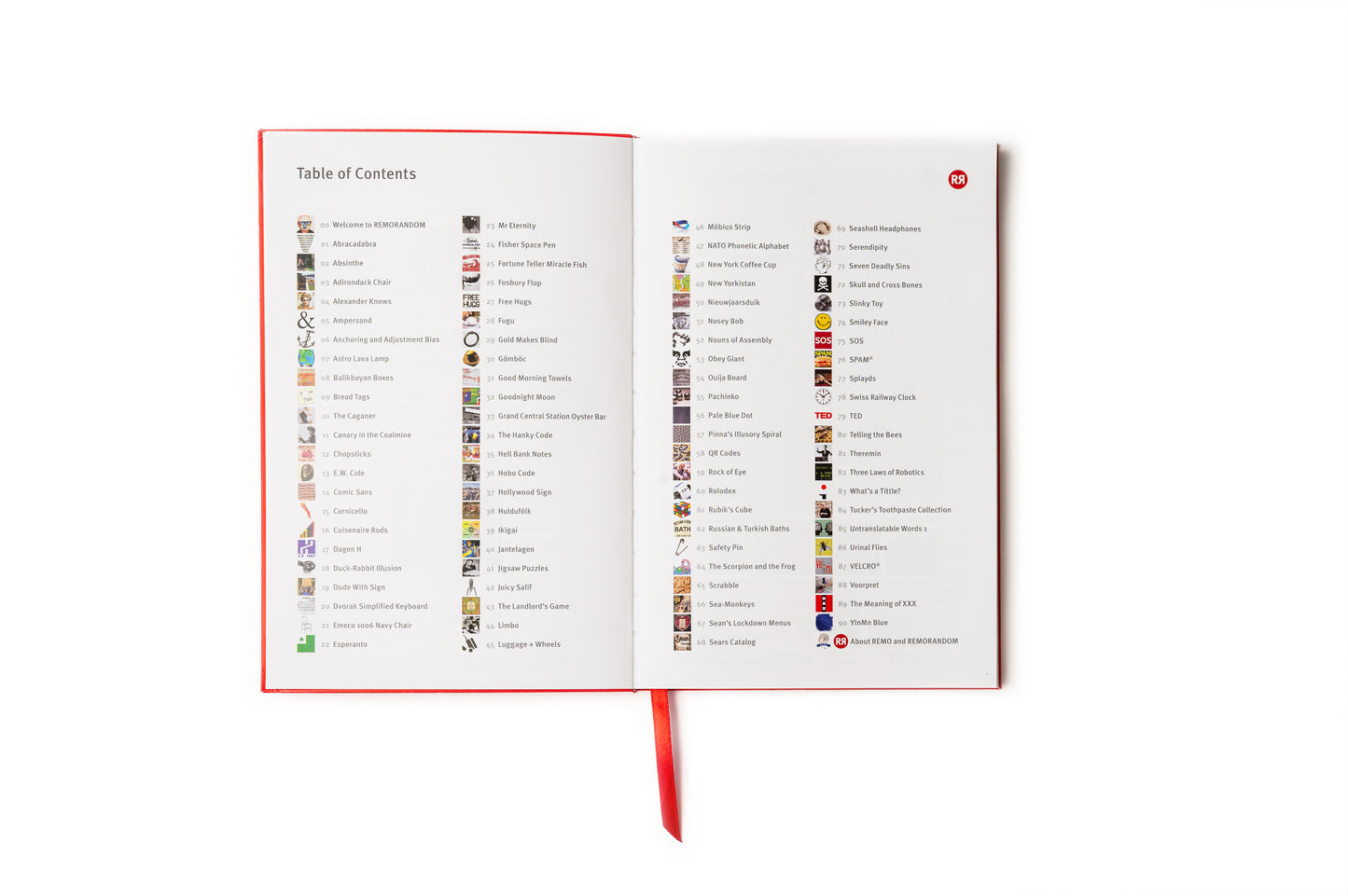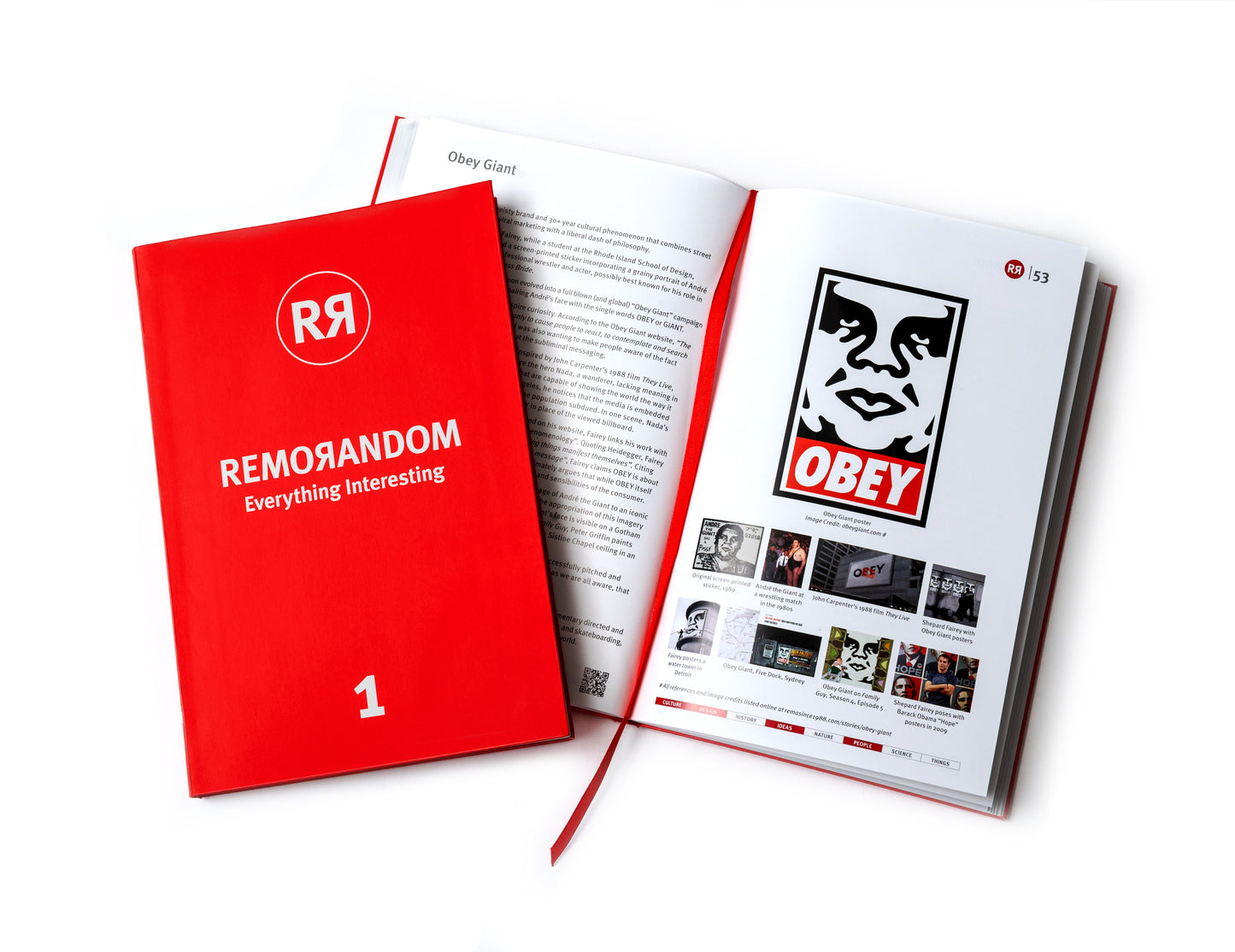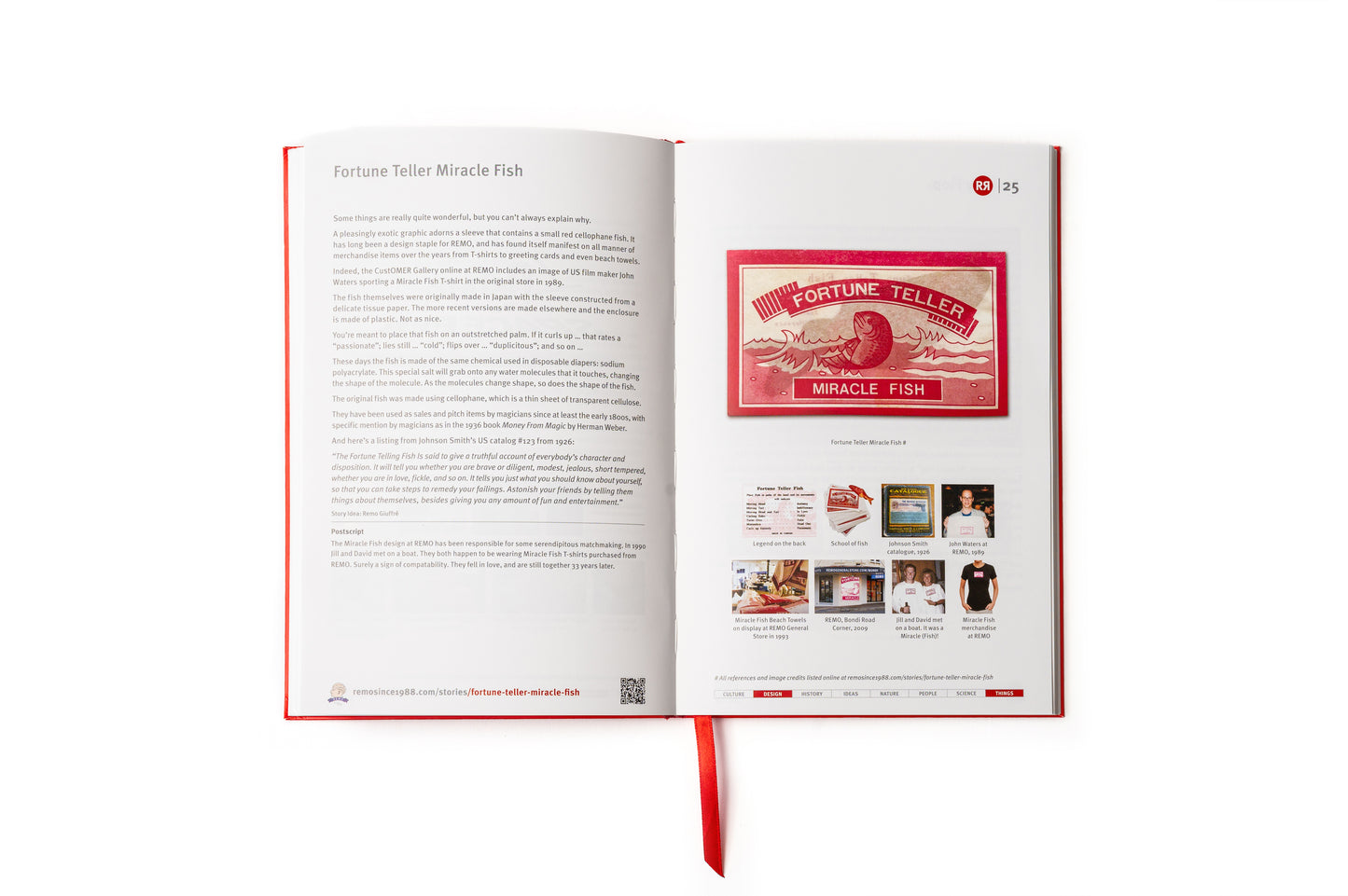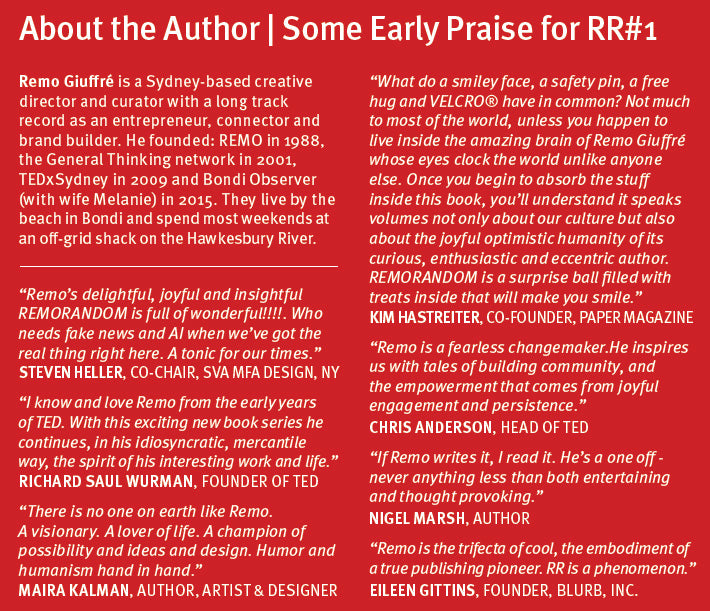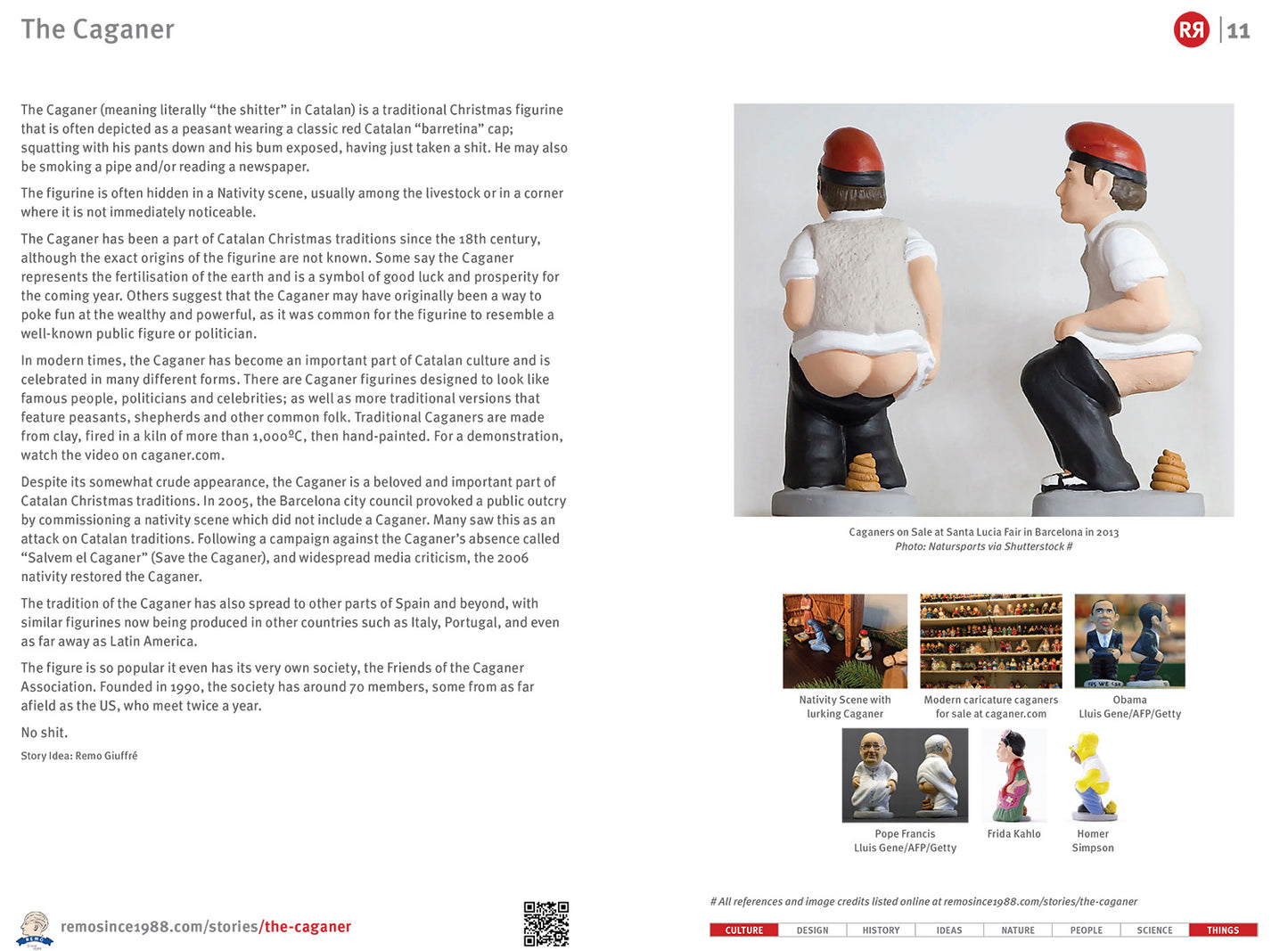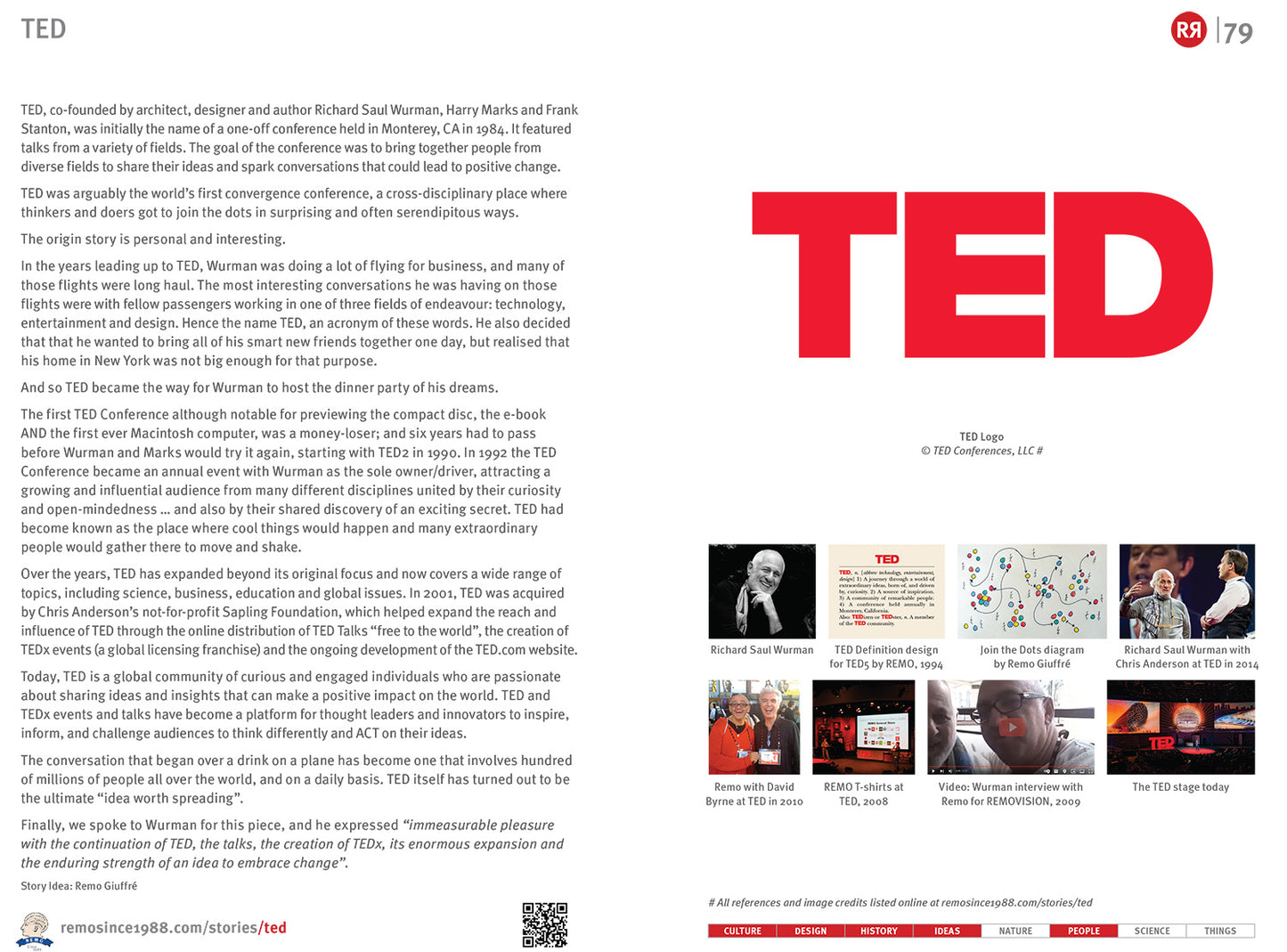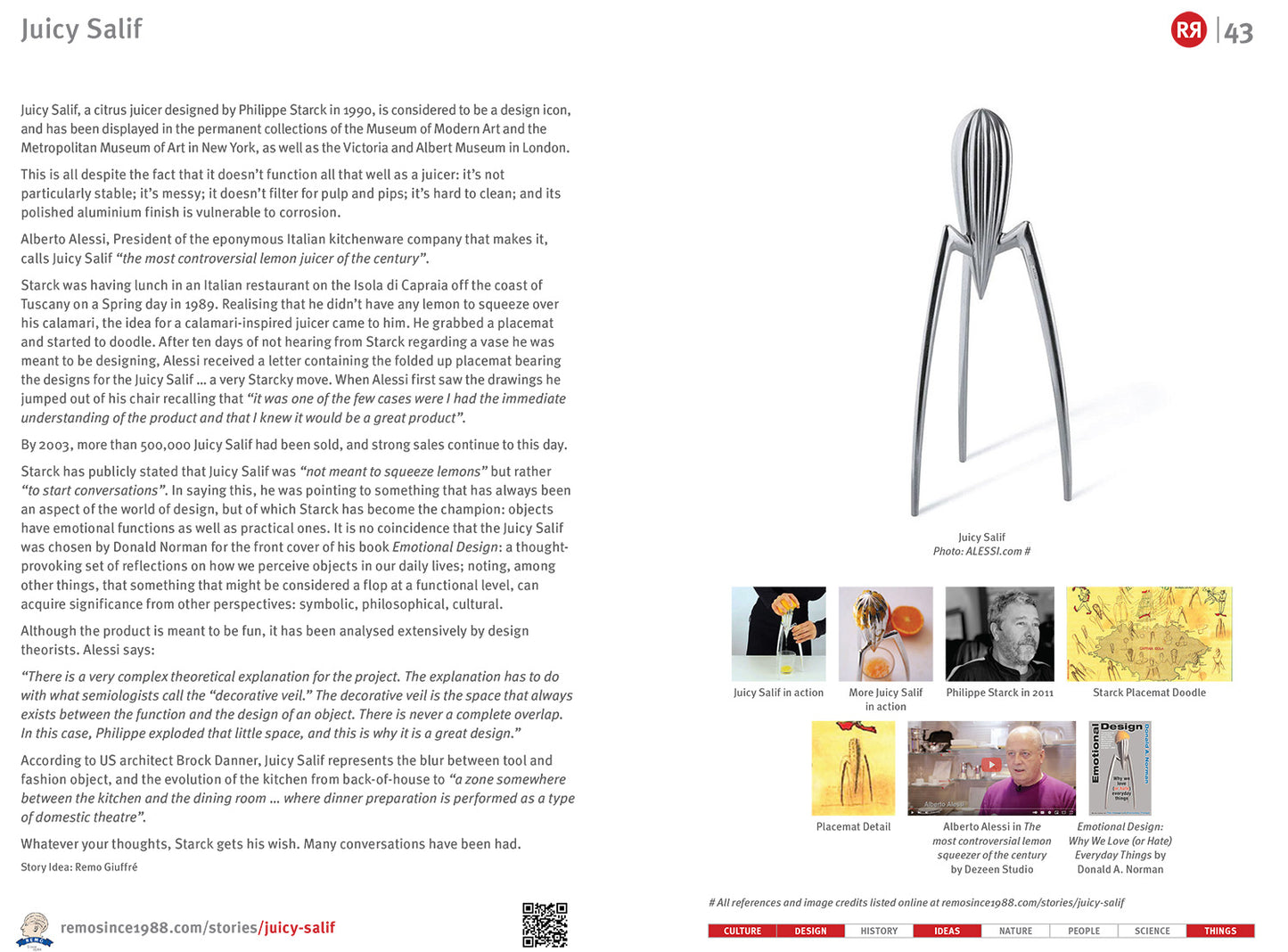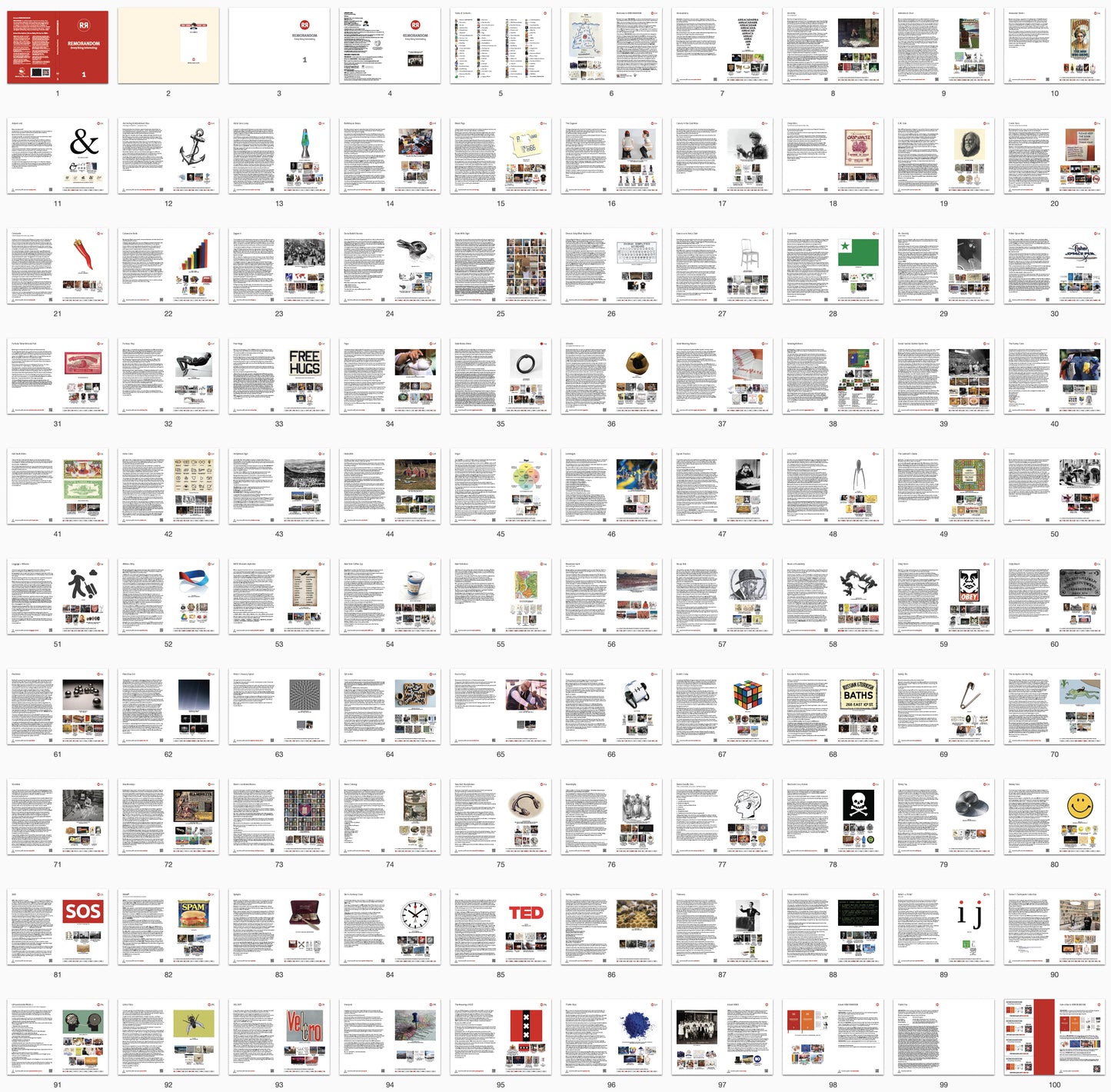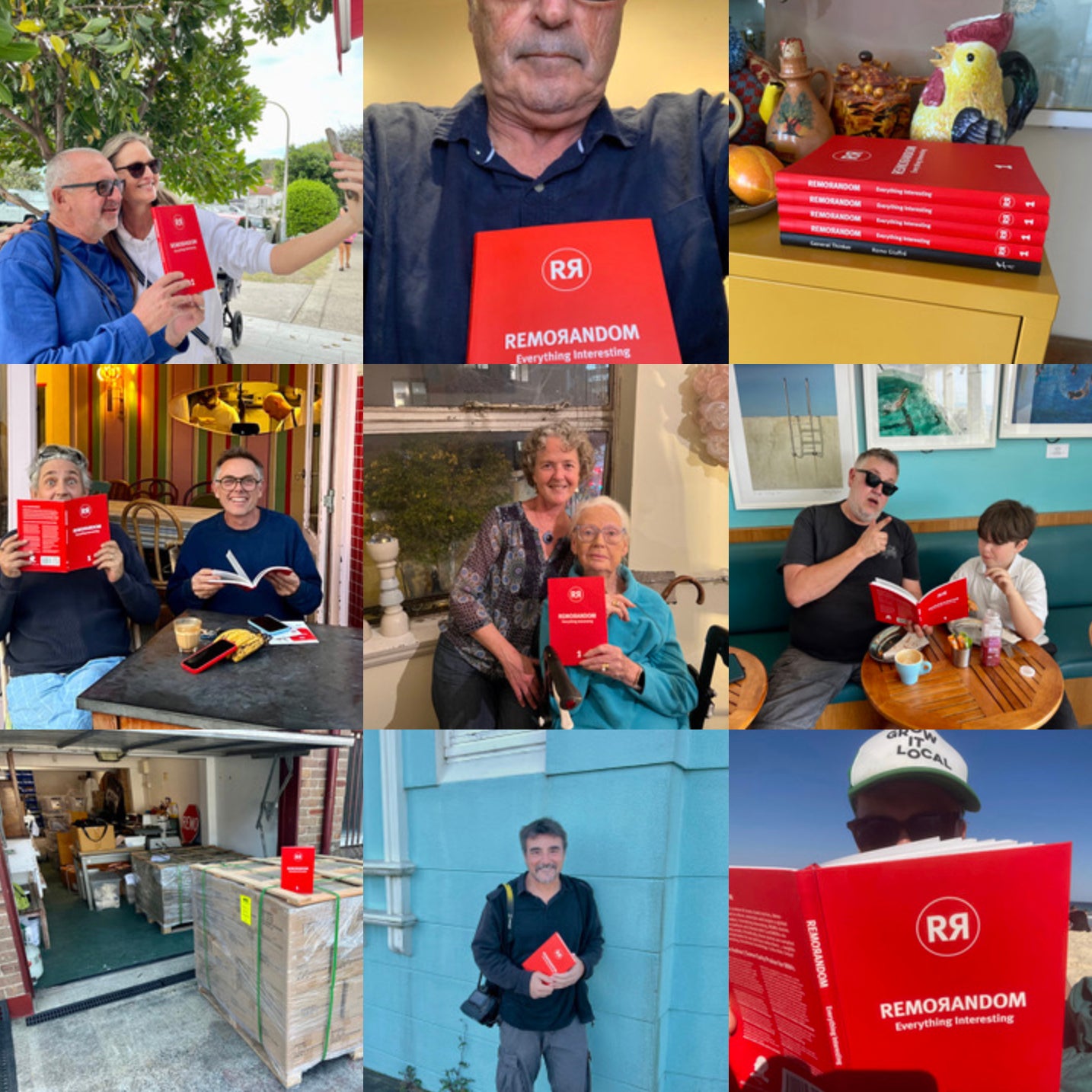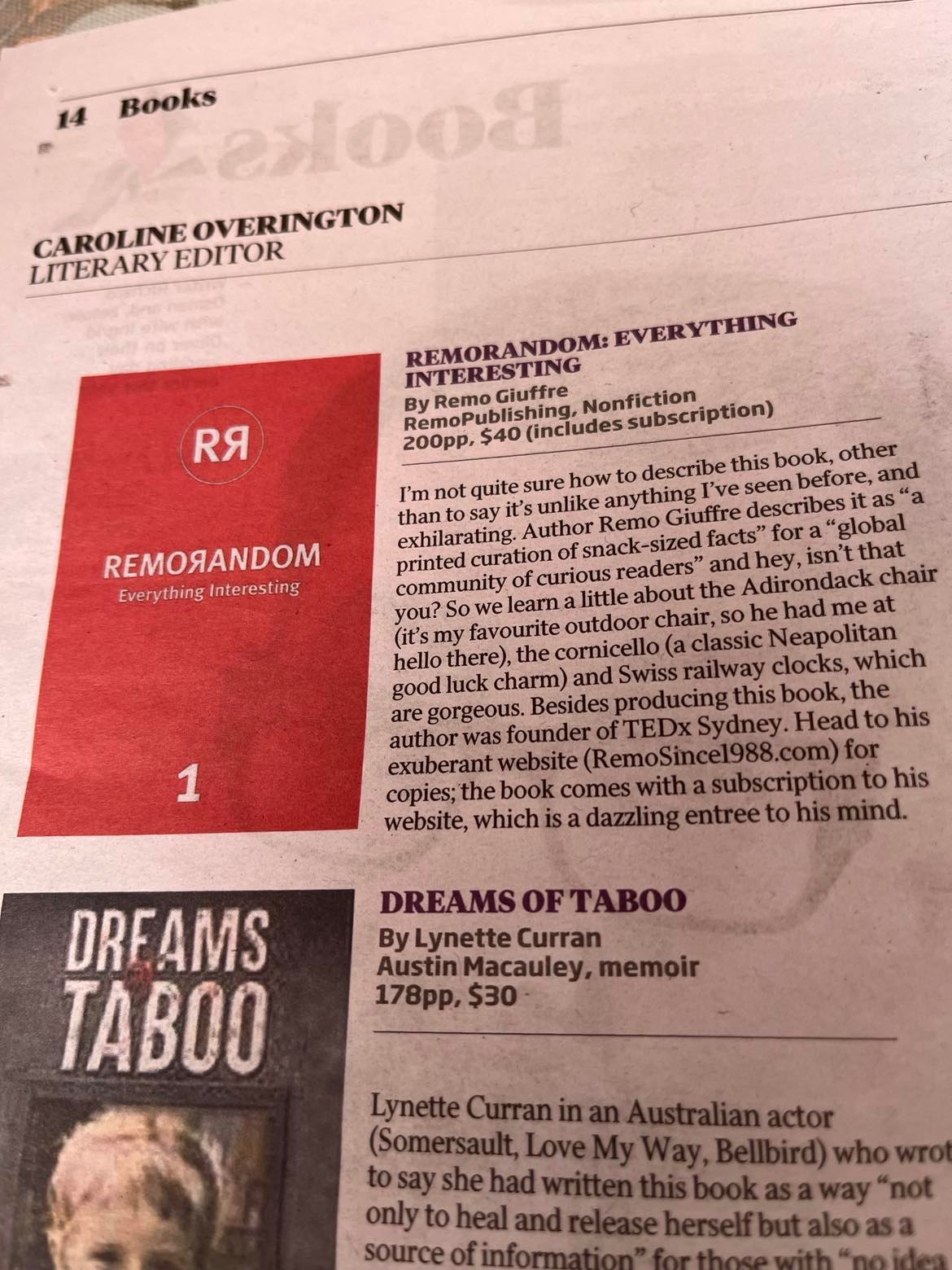Obey Giant is a zeitgeisty brand and 30+ year cultural phenomenon that combines street art, propaganda and viral marketing with a liberal dash of philosophy.
In 1989 artist Shepard Fairey, while a student at the Rhode Island School of Design, designed and propagated a screen-printed sticker incorporating a grainy portrait of André the Giant, a 7’4” 520lb professional wrestler and actor, possibly best known for his role in Rob Reiner's film The Princess Bride.
This initial foray into random soon evolved into a full blown (and global) “Obey Giant" campaign featuring stickers and posters pairing André’s face with the single words OBEY or GIANT.
Fairey intended Obey Giant to inspire curiosity. According to the Obey Giant website, "The sticker has no meaning but exists only to cause people to react, to contemplate and search for meaning in the sticker.” Shepard was also wanting to make people aware of the fact that all advertising is ultimately about the subliminal messaging.
Fairey’s use of the word “OBEY" was inspired by John Carpenter's 1988 film They Live, which is a somewhat bizarre story where the hero Nada, a wanderer, lacking meaning in his life, discovers a pair of sunglasses that are capable of showing the world the way it truly is. As he walks the streets of Los Angeles, he notices that the media is embedded with subliminal messages meant to keep the population subdued. In one scene, Nada’s sunglasses enable him to see the word “OBEY” in place of the viewed billboard.
In a manifesto he wrote in 1990, and since posted on his website, Fairey links his work with German philosopher Heidegger's concept of “phenomenology.” Quoting Heidegger, Fairey describes Phenomenology as “the process of letting things manifest themselves.” Citing the Marshall McLuhan idea that “the medium is the message,” Fairey claims OBEY is about questioning purpose and your surroundings; but ultimately argues that while OBEY itself has no real meaning, it is reflective of the personality and sensibilities of the consumer.
Fairey's original goal of raising the randomly-chosen image of André the Giant to an iconic status has been somewhat successful, as evidenced by the appropriation of this imagery by others e.g. in Batman Forever, a distorted image of Giant's face is visible on a Gotham skyscraper; and in an episode of the television program Family Guy, Peter Griffin paints an outsized image of the stylised "Giant" face emblem on the Sistine Chapel ceiling in an ostensible renovation effort.
Fairey is also well known for the iconic “HOPE” poster that he successfully pitched and designed for use in the Obama 2008 presidential campaign; and, as we are all aware, that work has also spawned many parodies and tributes.
Interested in learning more?
Obey Giant: The Art and Dissent of Shepard Fairey is a 2017 American documentary directed and produced by James Moll that follows Fairey's rise from his roots in punk rock and skateboarding, to his role as one of the most well-known and influential street artists in the world.
Story Idea: Remo Giuffré
_____________________________
References
obeygiant.com
wikipedia.org/wiki/Shepard_Fairey
wikipedia.org/wiki/Andr%C3%A9_the_Giant
thegiant.org/wiki/index.php/Main_Page
wikipedia.org/wiki/They_Live
Video: John Carpenter's 1988 film They Live
highsnobiety.com/p/shepard-fairey-obey-giant-documentary
wikipedia.org/wiki/Barack_Obama_%22Hope%22_poster
Images
1. Obey Giant Poster Image via obeygiant.com
2. Original Screen-Printed Sticker, 1989
3. André The Giant at a wrestling match in the 1980s
4. Video: John Carpenter's 1988 film They Live
5. Shepard Fairey with Obey Giant Posters. Photo: Elizabeth Daniels
6. Fairey posters a water tower in Detroit. Image: Obey Giant Facebook
7. Obey Giant, Five Dock, Sydney via obeygiant.com/engineering/sightings
8. Obey Giant on Family Guy, Season 4, Episode 5
9. Shepard Fairey poses with Barack Obama "Hope" posters in 2009. Image: Damian Dovarganes / AP Images
